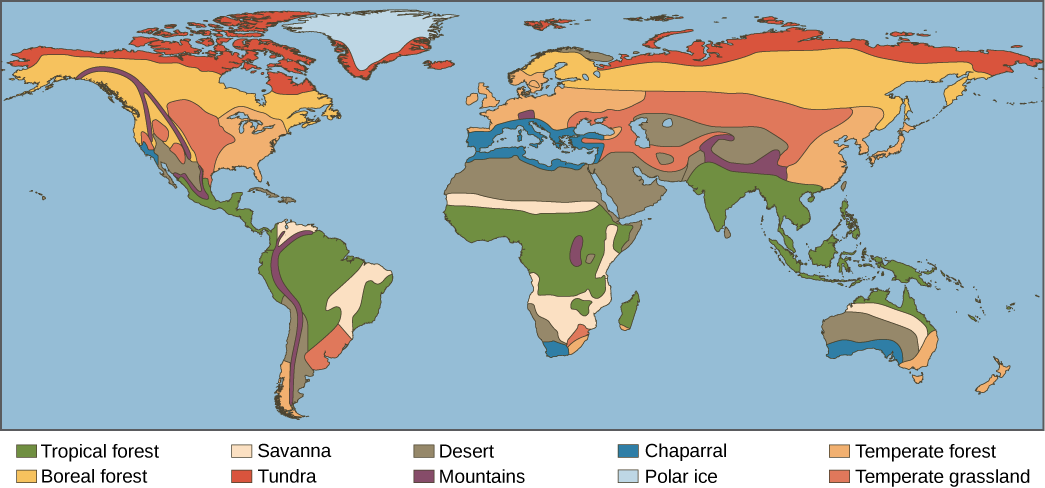Ecosystem
by Kennedy Schexnayder
Copyright © 2019
Ecosystem
Member Since
Feb 2019
- Joined Feb 2019
- Published Books 1
Published Books
1
Copyright © 2019
An ecosystem is a community of living organisms in conjunction with the nonliving components of their environment, interacting as a system. These biotic and abiotic components are linked together through nutrient cycles and energy flows. Ecosystems can be of different sizes and can be marine, aquatic, or terrestrial. Broad categories of terrestrial ecosystems are called biomes.
2
In ecosystems, both matter and energy are conserved. Energy flows through the system—usually from light to heat—while matter is recycled.Ecosystems with higher biodiversity tend to be more stable with greater resistance and resilience in the face of disturbances, disruptive events.
3
Terrestrial ecosystems can be further grouped into broad categories called biomes, based largely on climate. Examples of terrestrial biomes include tropical rain forests, savannas, deserts, coniferous forests, deciduous forests, and tundra. The map below shows the broad distribution of biomes on Earth.

4
Published: Feb 1, 2019
Latest Revision: Feb 1, 2019
Ourboox Unique Identifier: OB-567292
Copyright © 2019

Ad Remove Ads [X]
0
0







